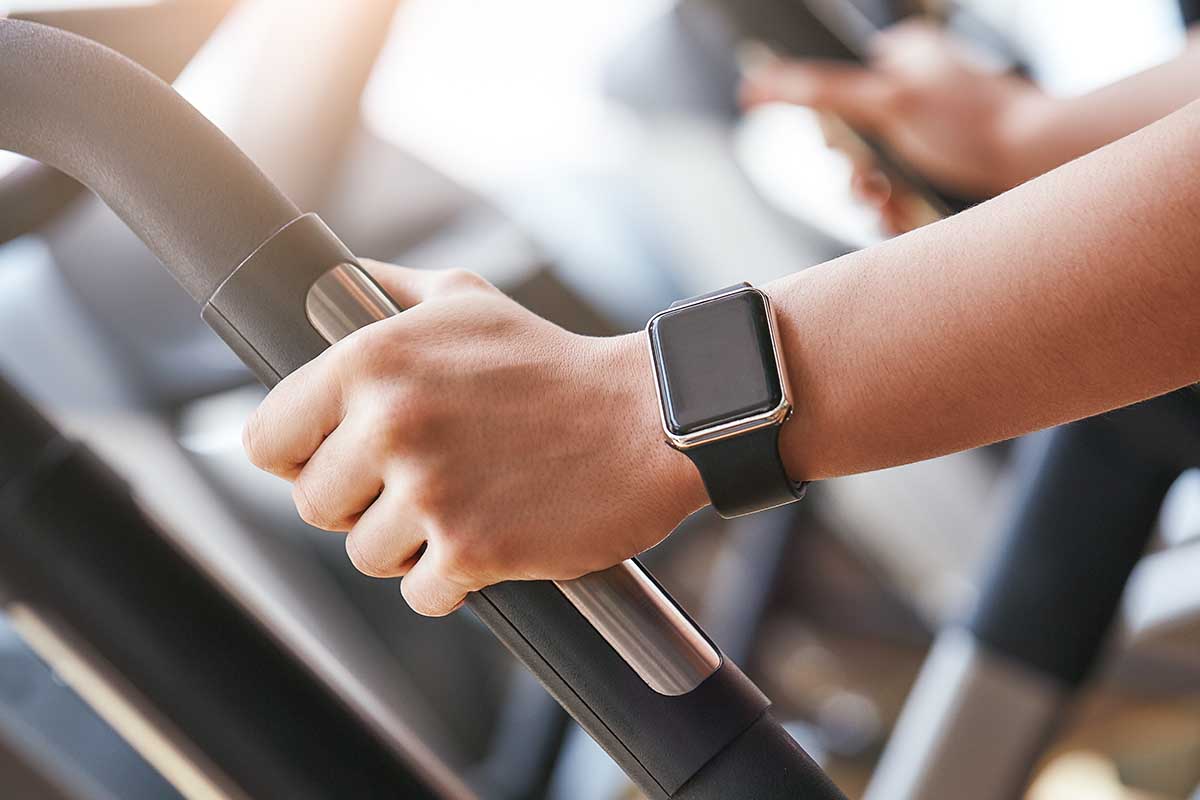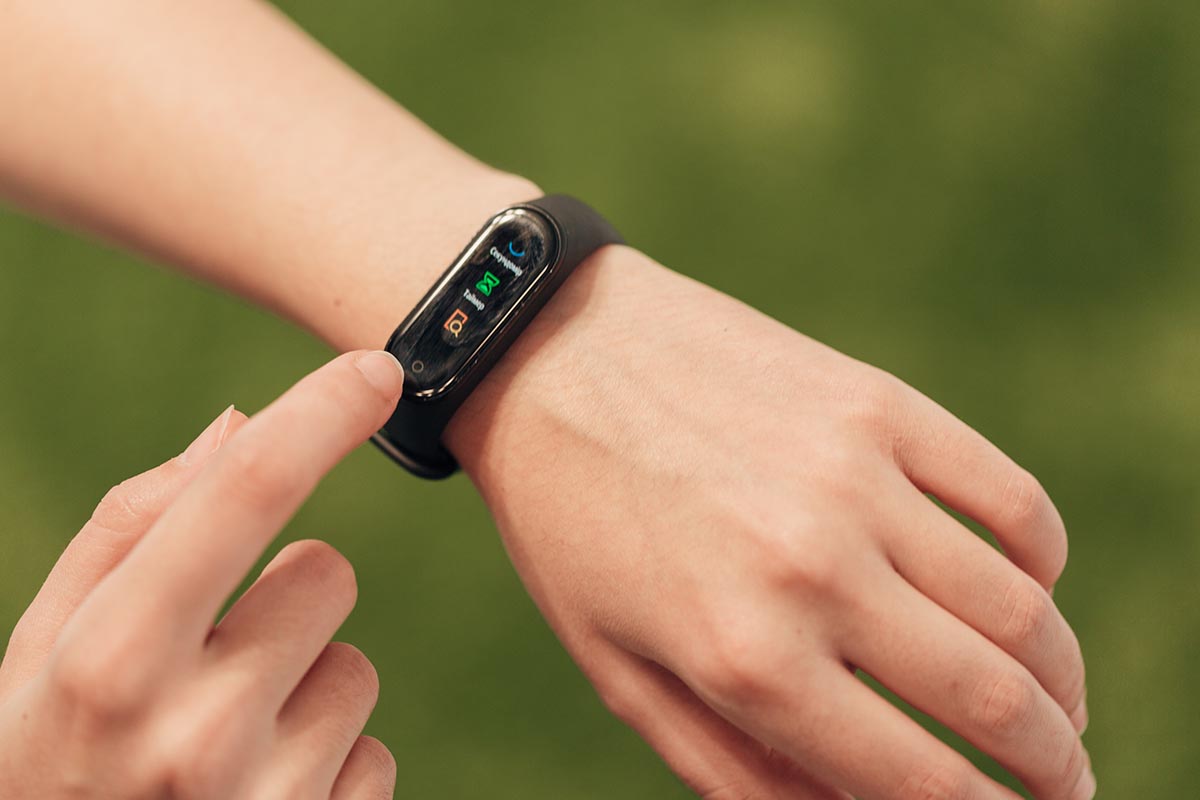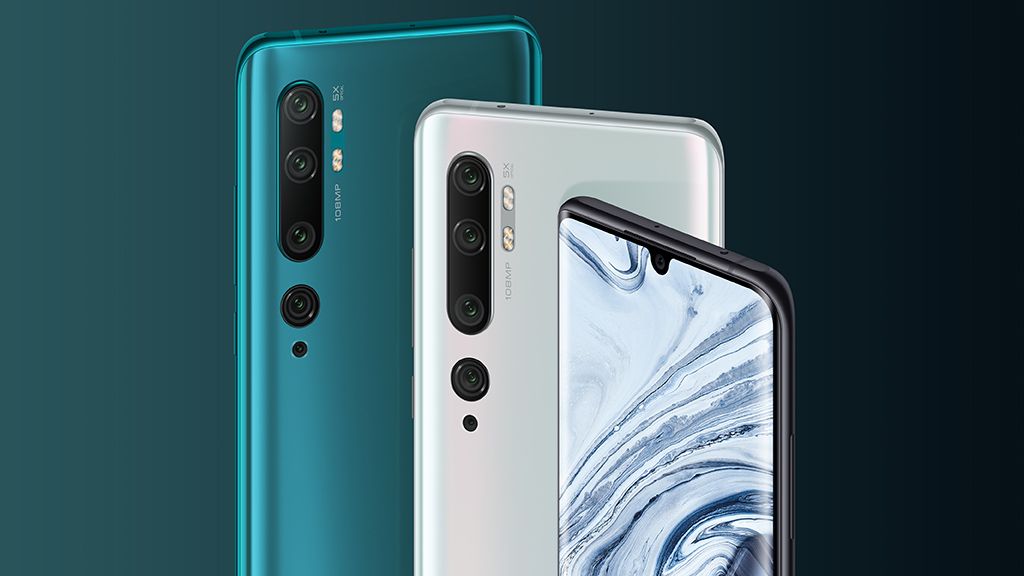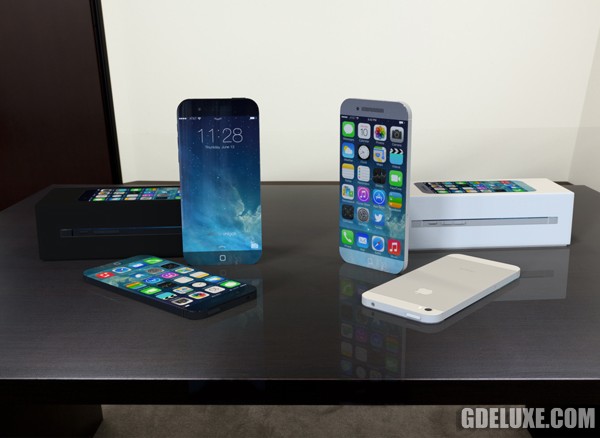Making Sense of Wearable Sensors
Wearable technology offers diverse functionalities from monitoring calories burned and heart rate to detecting taste, smell, and even emotions. Wearable sensors are directly integrated into the wearer’s body or wearable objects to monitor physical or emotional responses.
They can be in the form of skin patches, intelligent clothes, smartwatches, head-mounted devices, clips, or smart glasses. Here is a closer look at the market for wearable sensors and different types of sensors.
The market
The global market size for wearable sensors is expected to reach $ 5,208.05 million by 2028, reflecting a CAGR (compound annual growth rate) of 38.8 percent. A wide range of wearable devices is in the market, including.
Smartwatches
A smartwatch with sensors can measure or detect physical conditions ranging from stress level, sleep quality, heart rate to calories burned. Smartwatches with optical sensors use “photoplethysmography” (PPG) to measure heart rate.
This involves shining light on the skin and measuring the light that is scattered by blood. More advanced smartwatches such as Samsung and Apple have an ECG (electrocardiogram) function that can detect abnormalities in heart rhythm (atrial fibrillation) by recording the heart’s electrical signals.
Smart clothes
Smart clothing products utilize sensors to collect physical and biometric data of wearers (such as heart rate and body temperature ). They relay the information to connected devices via Bluetooth.
Smart clothing involves the use of other advanced technology, including microelectronics, advanced textile fibers, artificial intelligence, and biotechnology. One example of smart clothes is the smart jumpsuit that University of Helsinki researchers have developed. The sensors in the jumpsuit measure and transmit data on the limb activity of the infant, which is then analyzed to detect neurodevelopmental delays.
Ralph Lauren, the luxury brand, has developed a smart shirt that has silver-coated fiber sensors. These sensors track the wearer’s breathing rate, the distance they travel, the calories burned, stress rate, heart rate, and movement intensity. The smart shirt also provides feedback on the user’s training efforts while motivating them to push harder.
Smart glasses
Smart glasses not only give you UV protection but allow you to play music, answer calls, and even take pictures. Some devices use sensors to measure brain activity levels to detect stress or anxiety.
Pedometers
A pedometer counts the user’s steps by detecting their hands or hips’ motion.
Accelerometer and gyroscopes
Accelerometers are sensors that are used in smartphones to detect their orientation. The gyroscope tracks the twist or rotation of the phone to supplement the information the accelerometer provides. While the accelerometer detects linear movement, the gyro measures rotational movement.
Magnetometers
These are devices that can measure the magnetic field’s strength and direction. Magnetometer sensors incorporated into wearable devices can be used to monitor sleep quality and detect conditions such as obstructive sleep apnoea. The magnetometer sensor can detect breathing movements at night by measuring the magnetic vectors.
Sensors that detect consumer emotions
Researchers are coming up with new applications using image, touch, motion, and temperature sensors. One interesting development relates to a ‘stress sensor’ that can detect consumer emotions when they are exposed to products and brands.
Shoppers may be overwhelmed by choices or get excited when they see certain brands or products. Some may be bored, frustrated, or be disinterested when they see a product or an advertisement. Measuring these responses may give marketers deep insights into the effectiveness of their product and marketing strategy.
Researchers at MIT have developed a sensor that measures the changes in electricity conductance in the wearer’s skin. These changes reflect the nervous system activity as well as physiological stimulation. Spikes can indicate frustration and stress, while dips show boredom or disinterest. The wearable device makes it possible to detect the exact moment of subconscious responses in consumers.
Wearable sensors and marketing
Wearable technology presents new opportunities for marketers, given its ability to detect consumers’ emotions and responses. With more tech companies such as Google, Apple, and Pebble sharing more consumer data, savvy marketers can build a detailed picture of their habits.
They can then design and send personalized content and offers relevant to the wearers’ interests, activities, and purchase habits. Companies and brands will also need to ensure the marketing communication is ‘glanceable’ or easily absorbed within seconds. This will mean retooling the newsfeeds and email messages to a new format to engage with customers via smart glasses, smartwatches, and other wearables.
While wearable sensors can help make marketing offers more sophisticated and targeted, privacy needs to be at the forefront when including wearable sensors in your marketing strategy.





















